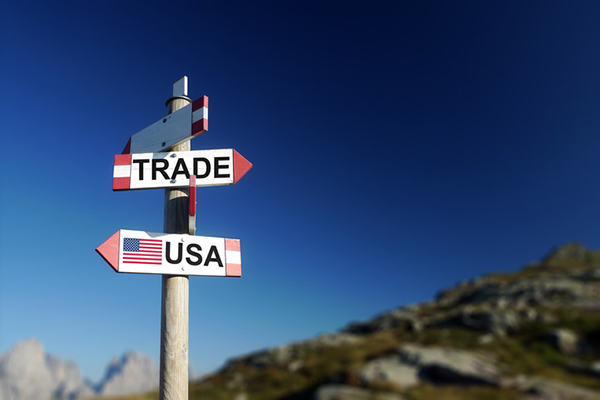Do you think you are escaping the trade wars by moving production to Vietnam? Think again. Is Vietnam the next trade war target?
Manufacturers across America are still reeling from the Trump Administration's recent announcement of a 10% penalty tariff on the remainder of goods coming from China, starting September 1. The trade war with China is escalating with China announcing that it will stop all agricultural imports from America. These announcements have further fueled the exodus of manufacturing from China. Many companies are moving production to Vietnam or are considering such a move.
But hold on…not so fast. As Trump slapped higher tariffs on China, (Tranche 1, 2 and 3 are now at 25%, and the remainder of Chinese imports will initially be at 10%) production in Vietnam went into high gear. Apparel and footwear companies, electronics manufacturers, and solar panel producers have been producing some lines in Vietnam already, and have quickly started to shift more products to Vietnamese factories.
But Vietnam is not China. The population of Vietnam is 97 million compared with 1.4 billion people in China. There just aren't that many workers in Vietnam by comparison. The infrastructure including roads, bridges, rail lines, airports and ocean ports in Vietnam is still being developed. Factories are still being built, and are overwhelmed. Productivity rates are estimated to be 25-30% lower in Vietnam, and the quality of work isn't as good as China. They are still learning. Vietnam has a long way to go.
In my recent visit to factories in China and Vietnam, I was impressed with the ambitious development taking place in Ho Chi Min City. But even with all this activity and money flowing into Vietnam, it is nowhere even close to the advanced factories and logistics of China. There was a vast gap in sophistication and capabilities between factories, roads, warehouses and ports in China vs. Vietnam.
But most concerning of all, are the rumblings from Washington about targeting Vietnam for a new round of tariffs. The Vietnam trade boom in everything from apparel, furniture, athletic shoes, electronics, and solar panels is now causing more scrutiny from the Trump Administration and making American importers of these products concerned.
Vietnam has very quickly climbed the charts to become a significant U.S. trading partner. Vietnam’s annual trade surplus with the U.S. has exceeded $20 billion since 2014 and reached $40 billion last year, according to U.S. Census Bureau data.
Trade war talk about Vietnam began in May, when the U.S. Treasury added Vietnam to a watchlist of countries being monitored for possible currency manipulation and began pressuring the country to lower its trade surplus with the U.S. Trump described Vietnam last month as “almost the single-worst abuser of everybody” when asked if he wanted to impose tariffs on the nation. In July the U.S. slapped duties of more than 400% on steel imports from Vietnam.
The U.S. government may be close to taking tariff action against Vietnam – possibly via a section 301 review, just like the penalty tariffs applied to Chinese imports into America. U.S. Trade Representative Robert Lighthizer stated Vietnam needs to “resolve market access restrictions” as well as cut the trade deficit.
If you think that moving production and sourcing to Vietnam is a good idea, you might need to rethink your decision. The infrastructure is underbuilt. Labor is now scarce and the learning curve for quality factory work is steep. The possibility of trade wars with Vietnam is real. The future is uncertain.
SC
MR


Latest Supply Chain News
- Unlocking retention: The role employee engagement plays
- Can supply chain managers embrace an entrepreneurial mindset?
- Challenges to ESG reporting
- With capacity to spare, logistics real estate demand remains subdued
- Tariffs, taxes and trade: The impact of Trump’s reelection on the supply chain
- More News
Latest Resources

 Explore
Explore
Business Management News
- Unlocking retention: The role employee engagement plays
- Can supply chain managers embrace an entrepreneurial mindset?
- Challenges to ESG reporting
- With capacity to spare, logistics real estate demand remains subdued
- How to improve demand forecasts for new product families
- Services sector sees growth in October, reports ISM
- More Business Management
Latest Business Management Resources

Subscribe

Supply Chain Management Review delivers the best industry content.

Editors’ Picks




